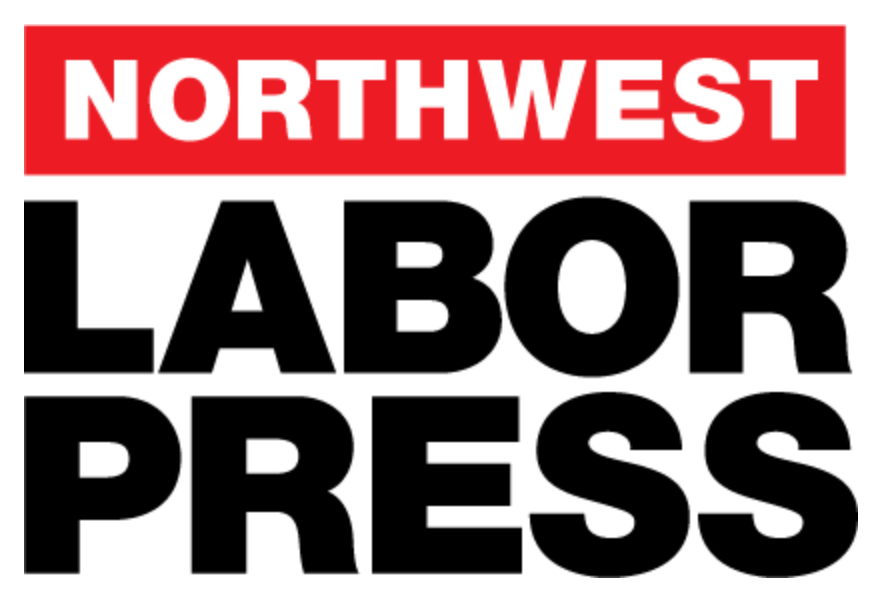
By Don McIntosh
After months of hibernation, a package of policies intended to increase the participation of women and minorities on public construction projects is set to go before Portland City Council on Nov. 8.
Building trades unions and workforce training groups that were highly critical of earlier versions of the policies are now mostly on board with them after some tweaks.
The policies are contained in three ordinances. The first ordinance wouldn’t apply to public construction contracts that are awarded using a low-bid process, but would apply when the City uses so-called “alternative contracting methods,” such as Construction Manager/General Contractor (CM/GC), in which a general contractor provides feedback during the design phase of a project. The ordinance has two components: Projects over $25 million would be subject to a 24-page Community Benefits Agreement (CBA) that functions not unlike a Project Labor Agreement (PLA). Projects from $10 to $25 million would be covered by a separate 28-page “Community Equity and Inclusion Plan” (CEIP). [See below for details.]
A second ordinance would set aside 1 percent of the budget of all City public improvement contracts for a “Community Opportunities and Enhancements Fund” (COEF). The fund would provide grants to workforce training and pre-apprenticeship training organizations that prepare women and minorities for construction jobs, and for city-brokered programs that offer technical assistance to help women and minority contractors scale up. The City’s Office of Management and Finance and Office of Equity and Human Rights would return to City Council with a plan for how to collect and divvy up the funds, which could amount to between $1 million and $2 million a year.
A third ordinance would direct City managers to develop a process that bureaus would use to decide when to use low-bid and when to use alternative contracting methods, for construction contracts over $10 million.
The three ordinances were discussed at an Oct. 26 meeting at City Hall of the Fair Contracting Forum, a mayor-appointed citizen advisory group. At the meeting, Willy Myers, executive secretary-treasurer of the Columbia Pacific Building Trades Council, said he appreciated the direction the City has gone since the package of proposals was first aired earlier this year. Myers said the key improvement was that the earlier version left it up to City managers’ discretion whether to use the CBA.
When the proposed ordinance went before City Council for a first hearing on July 12, Commissioner Dan Saltzman proposed an amendment to make the CBA mandatory on contracts over $25 million. Mayor Ted Wheeler tabled that amendment, but incorporated it in the revised version that will go before City Council Nov. 8. As of press time, no specific time had been set for the vote.
THE CITY’S GOALS: At least 22 percent of the total project labor hours would be performed by minority workers, and 20 percent by registered apprentices. Women would perform at least 9 percent of apprentice hours and 6 percent of total hours. Contractors designated as minority- or women-owned, or disadvantaged or emerging small businesses, would be responsible for at least 22 percent of hard construction costs. At least 12 percent of that overall goal would go to minority and disadvantaged contractors, and 5 percent to women-owned businesses.
THE COMMUNITY BENEFITS AGREEMENT (CBA): Unions would represent all workers on the project and dispatch workers through hiring halls (except that nonunion subcontractors would be allowed to use some of their own core employees). All subcontractors would pay union dues and make benefit contributions on behalf of workers. The agreement would be between the City and the general contractor, signatory unions, community-based organizations, and state approved pre-apprenticeship programs, and all parties would work together to achieve goals for participation of women and minorities. A labor-management-community oversight committee would meet quarterly to review progress on the goals. See the CBA here.
THE COMMUNITY EQUITY AND INCLUSION PLAN (CEIP): The City and the general contractor would commit to try to meet the same targets for women and minority workers and women-owned and minority-owned contractors on City projects — without any formal role for unions. Other parties could sign a separate six-page “partnership agreement” pledging to assist in achieving goals. See the entire plan here.


